12 Easy Ways To Eat More Protein
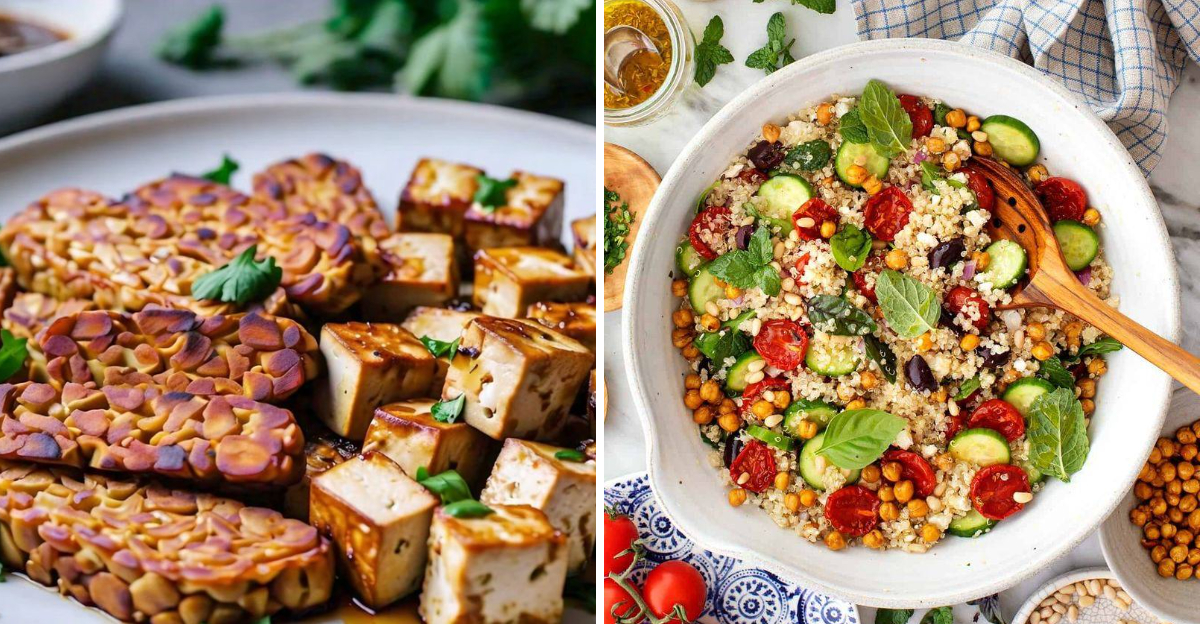
Eating enough protein is crucial for maintaining muscle mass, supporting bodily functions, and feeling full throughout the day. Many people struggle to incorporate enough protein into their diets, but with some simple strategies, you can easily boost your intake. Here are 12 easy ways to eat more protein, each accompanied by unique, actionable advice. Whether you’re a busy professional, a student, or just looking to improve your diet, these tips are designed to fit into any lifestyle.
1. Greek Yogurt Breakfast
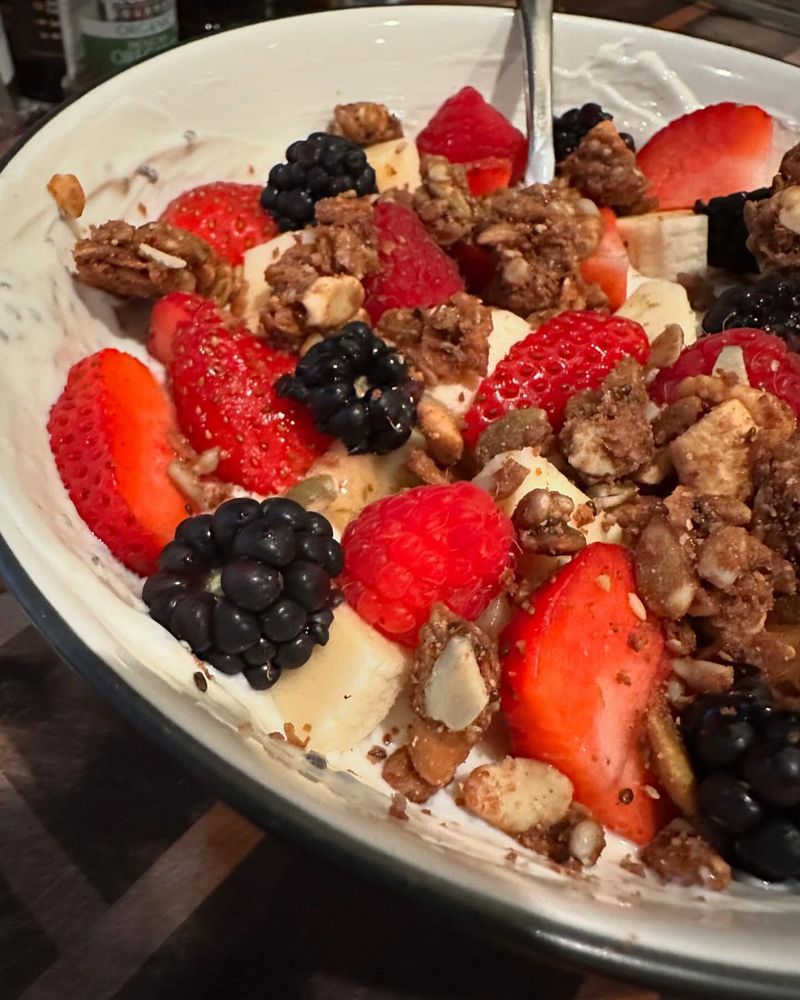
Start your day with a protein-rich breakfast by opting for Greek yogurt. With double the protein of regular yogurt, it’s a nutritious choice. Add a handful of fresh berries and a sprinkle of nuts for added flavor and nutrients.
Greek yogurt is not only high in protein but also full of probiotics, promoting gut health. It’s perfect for those busy mornings when you’re in a rush.
Try mixing it with oats or use it as a base for a smoothie. Experiment with different toppings to keep your breakfast exciting and healthy.
2. Eggs Anytime
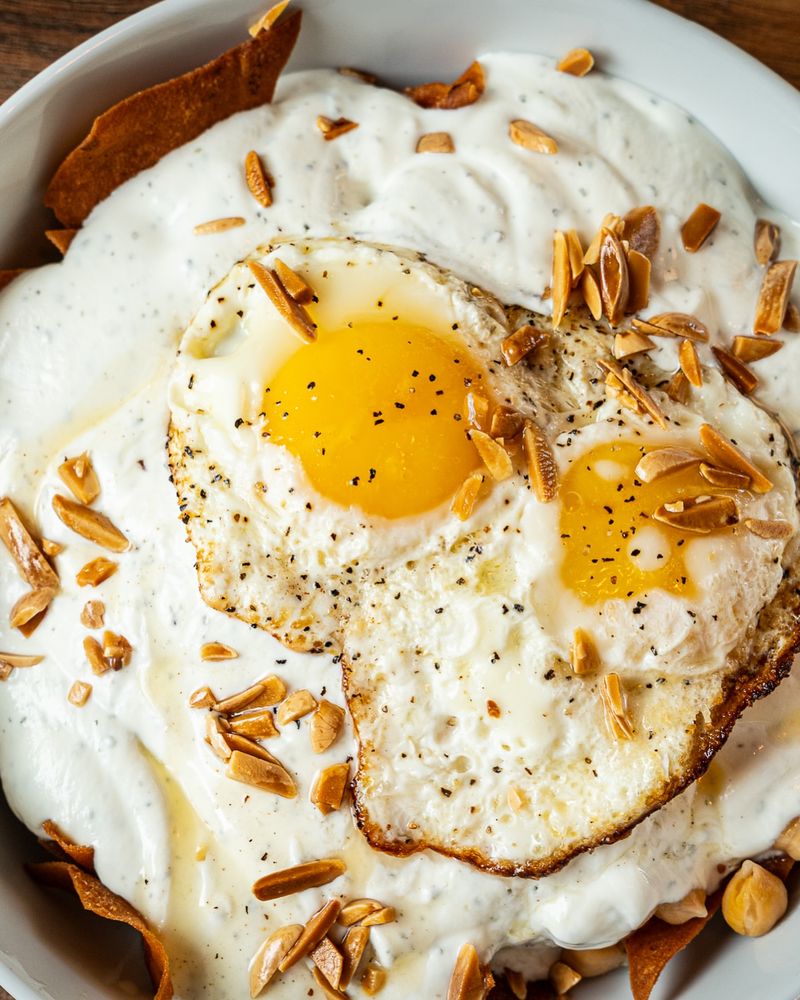
Eggs are versatile and can be enjoyed any time of day. They’re inexpensive and packed with high-quality protein, making them a staple for protein seekers.
Whether you prefer them scrambled, poached, or boiled, eggs offer endless possibilities for delicious meals. Pair them with whole-grain toast or a fresh salad for a balanced dish.
Easy to prepare and quick to cook, eggs are ideal for breakfast, lunch, or dinner. Keep a batch of hard-boiled eggs in your fridge for a grab-and-go snack.
3. Nuts and Seeds
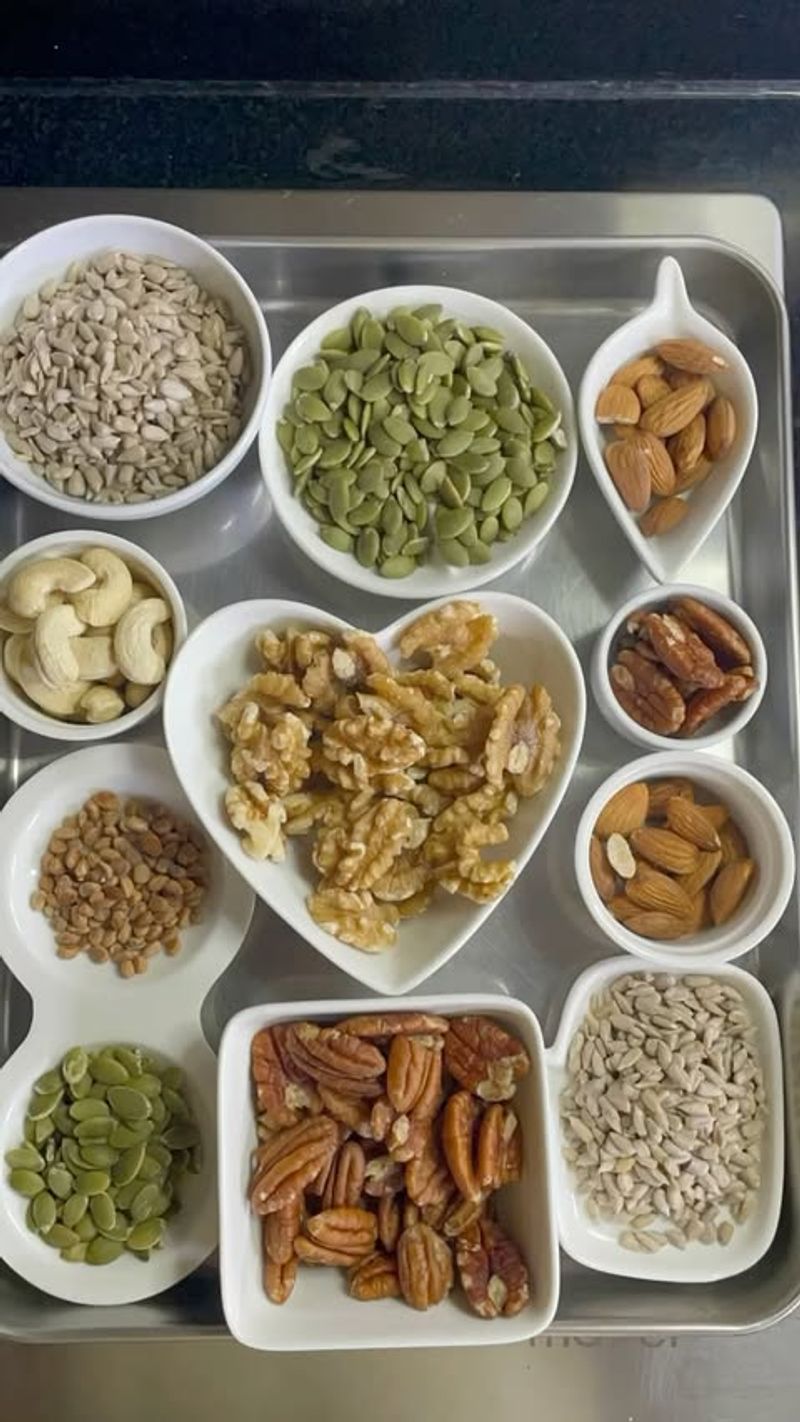
Nuts and seeds are perfect for adding extra protein to your diet. Almonds, chia seeds, and sunflower seeds are just a few options that offer a protein punch.
Sprinkle them over salads, yogurt, or oatmeal for a crunchy texture and nutritional boost. They’re also great as a standalone snack when you’re on the go.
Besides protein, nuts and seeds are rich in healthy fats and antioxidants. Keep a small bag in your purse or backpack to enjoy whenever hunger strikes.
4. Lean Meat Choices
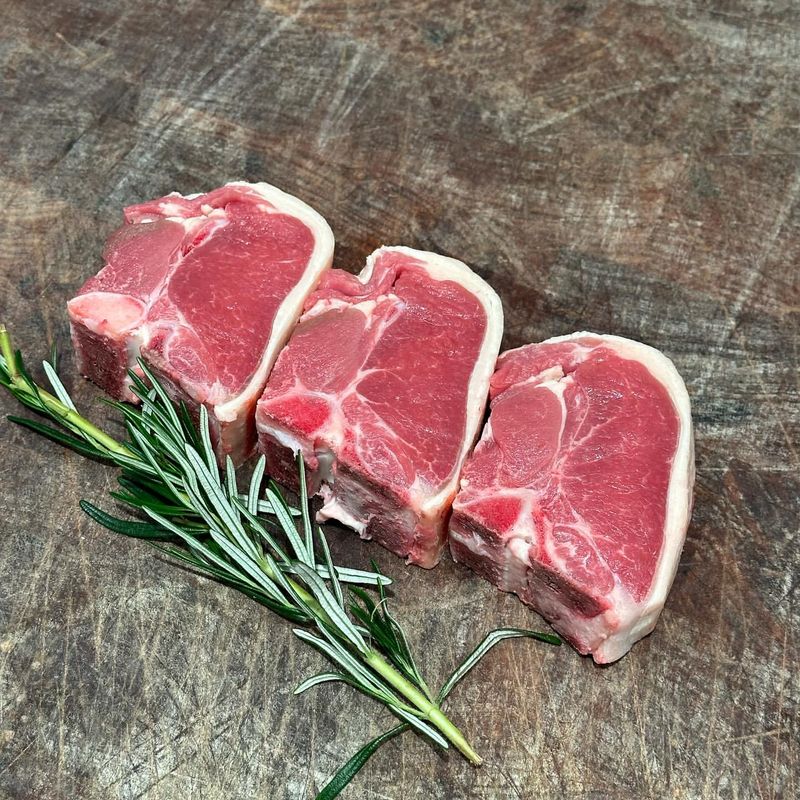
Incorporating lean meats like chicken, turkey, and fish can significantly increase your protein intake. These meats are not only protein-rich but also low in unhealthy fats.
Grilled, roasted, or baked, lean meats can be prepared in countless ways to suit various tastes. Serve them with a side of vegetables or whole grains for a complete meal.
Opt for skinless cuts to reduce fat content further. Lean meats are excellent for muscle building and repair, especially for active individuals.
5. Protein Shakes
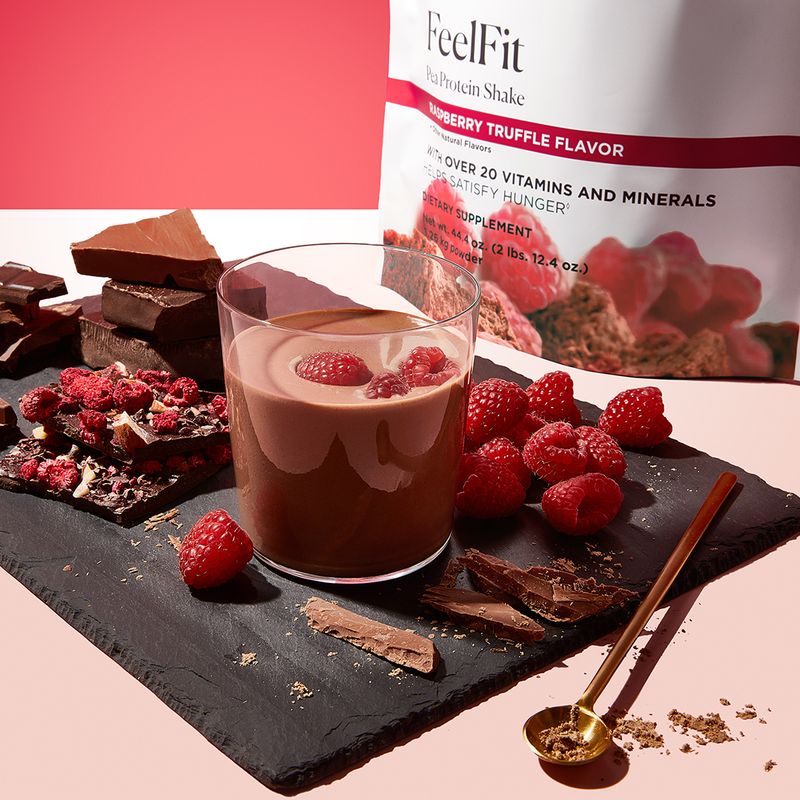
Protein shakes can be a convenient way to increase your protein intake, especially after workouts. They help in muscle recovery and provide a quick energy boost.
Choose from whey, soy, or plant-based proteins to suit your dietary preferences. Mix with water or milk, and add fruits or spinach for extra nutrients.
Portable and easy to prepare, protein shakes can fit into any busy lifestyle. They’re perfect for those who need a quick meal replacement or an on-the-go snack.
6. Quinoa Dishes
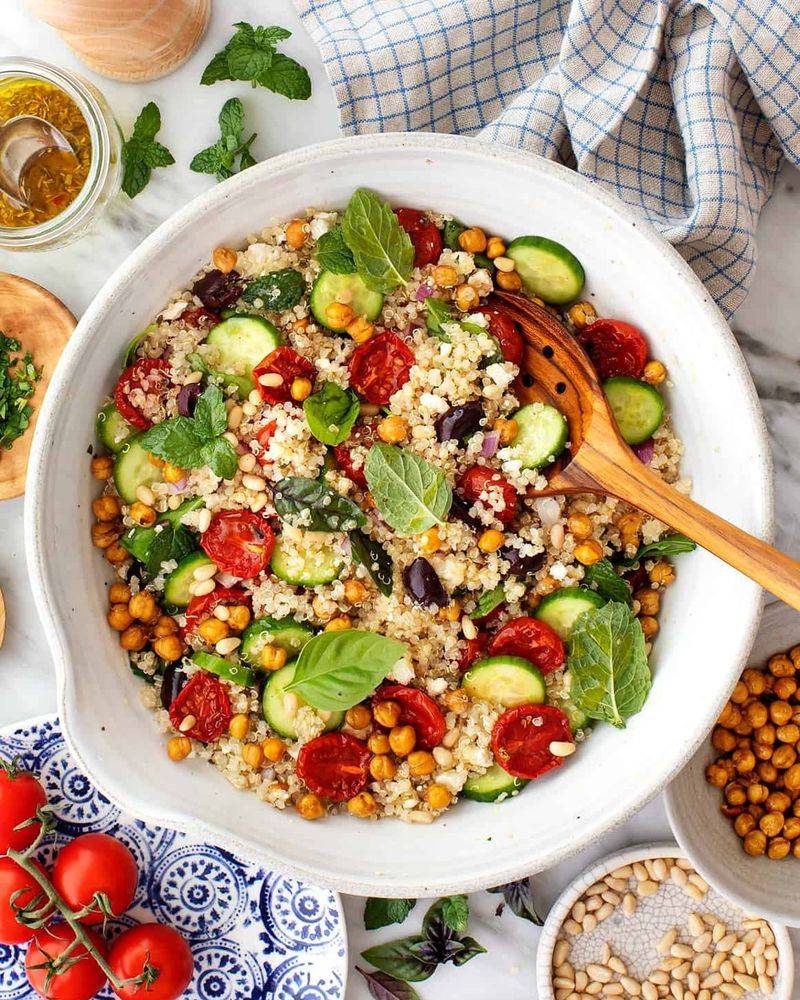
Quinoa is a complete protein source, making it a fantastic choice for vegetarians and vegans. It’s versatile and can be used in salads, soups, or as a side dish.
Rich in essential amino acids, quinoa supports overall health and well-being. Cook it in vegetable broth for added flavor, and mix with seasonal veggies.
Quinoa is not only nutritious but also quick to prepare. Its nutty flavor and fluffy texture make it a delightful addition to any meal.
7. Cottage Cheese
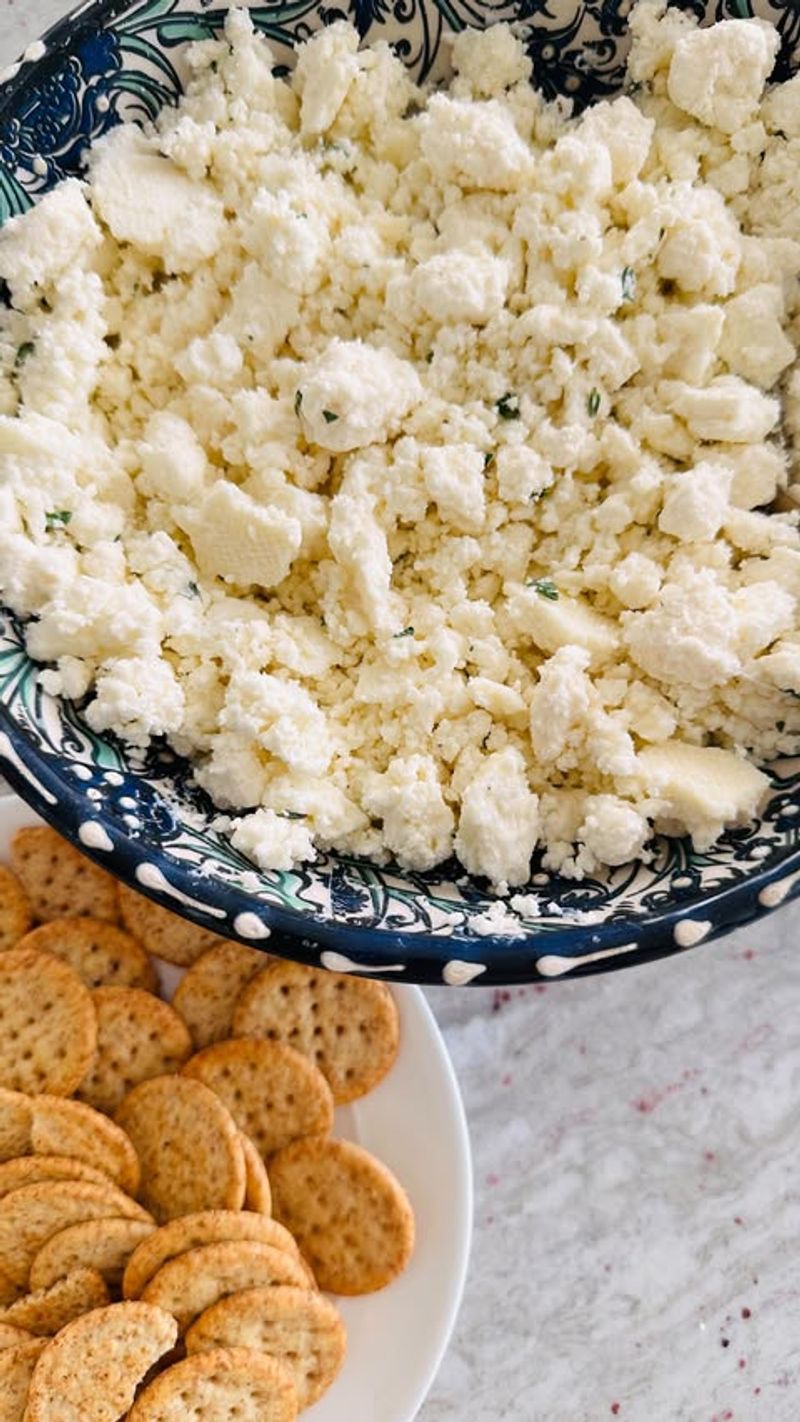
Cottage cheese is a protein powerhouse that can be enjoyed on its own or as part of a meal. It’s low in calories and high in essential nutrients.
Pair it with fresh fruits like peaches or berries for a sweet and satisfying snack. You can also use it in savory dishes or as a base for dips.
Cottage cheese is an excellent choice for those looking to lose weight while maintaining muscle mass. Its creamy texture and mild flavor make it versatile and delicious.
8. Beans and Lentils
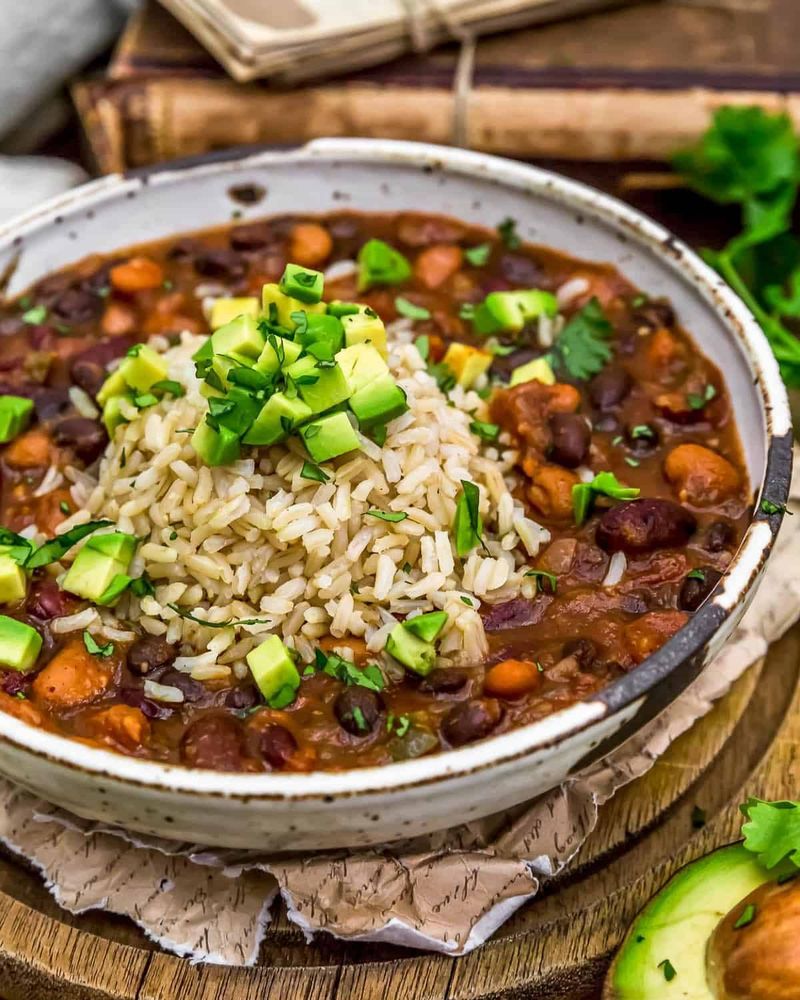
Beans and lentils are excellent sources of plant-based protein. They’re budget-friendly and can be incorporated into various dishes.
From soups to salads, these legumes are filling and nutritious. Combine them with rice or quinoa for a complete protein meal.
Packed with fiber, beans and lentils promote digestive health and keep you feeling full longer. They’re perfect for those following a vegetarian or vegan diet.
9. Tofu and Tempeh
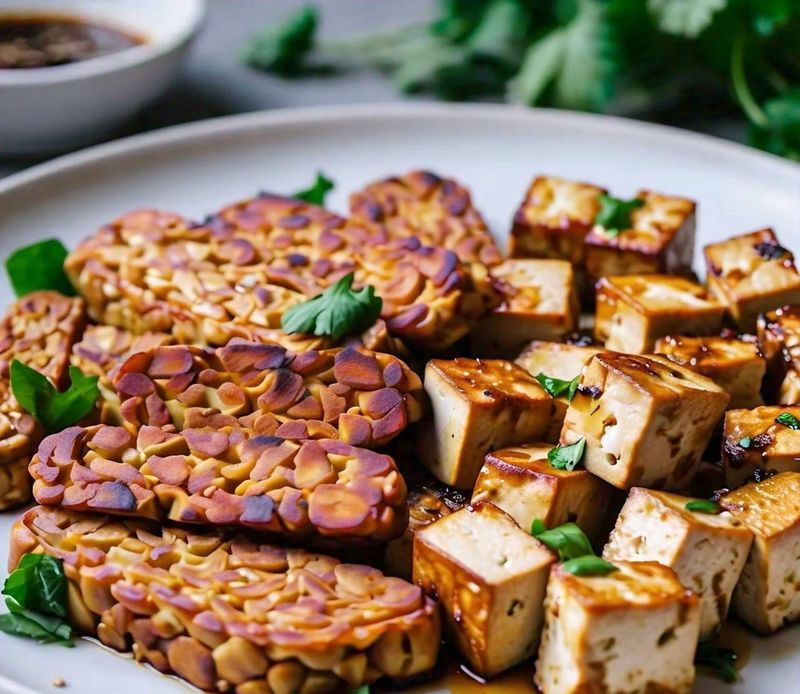
Tofu and tempeh are protein-rich alternatives for those avoiding meat. They’re versatile and can absorb the flavors of the spices and sauces used in preparation.
Perfect for stir-fries, sandwiches, or salads, tofu and tempeh offer a satisfying texture and taste. Grill or bake them for a crispy finish.
These soy-based products are not only high in protein but also contain essential amino acids. They’re ideal for vegetarians and vegans looking to meet their protein needs.
10. High-Protein Snacks
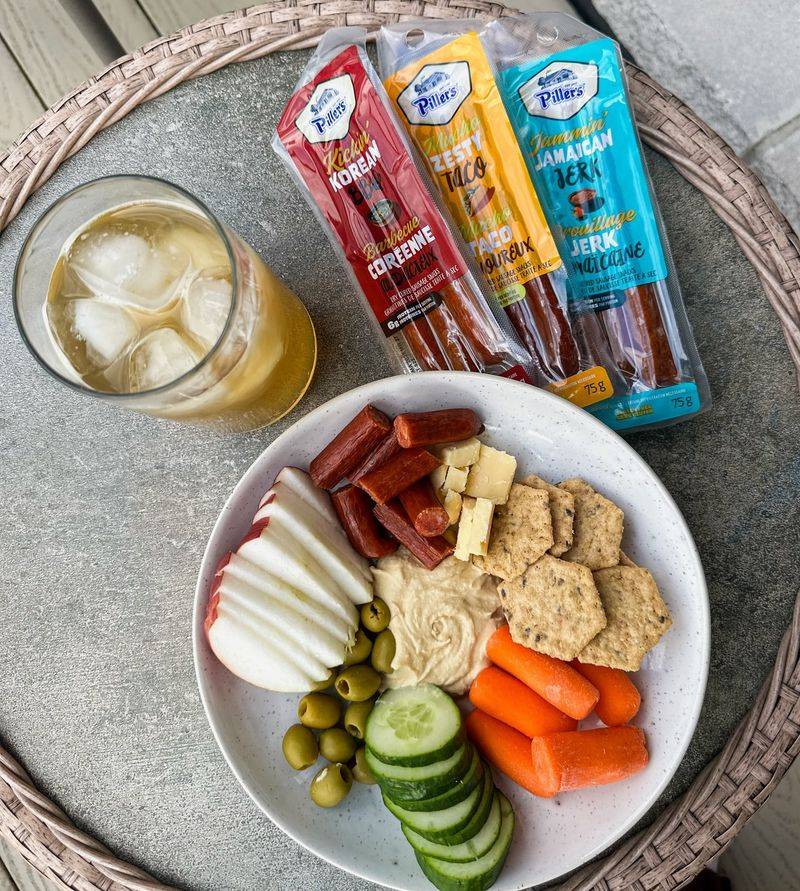
High-protein snacks like protein bars, yogurt, and jerky can be a great way to boost your protein intake. They’re convenient and can be enjoyed on the go.
Look for options with natural ingredients and minimal added sugars. Keep a stash in your bag or desk for easy access when hunger strikes.
These snacks are perfect for those who need a quick energy boost during a busy day. They help maintain energy levels and keep you satisfied between meals.
11. Seafood Delights
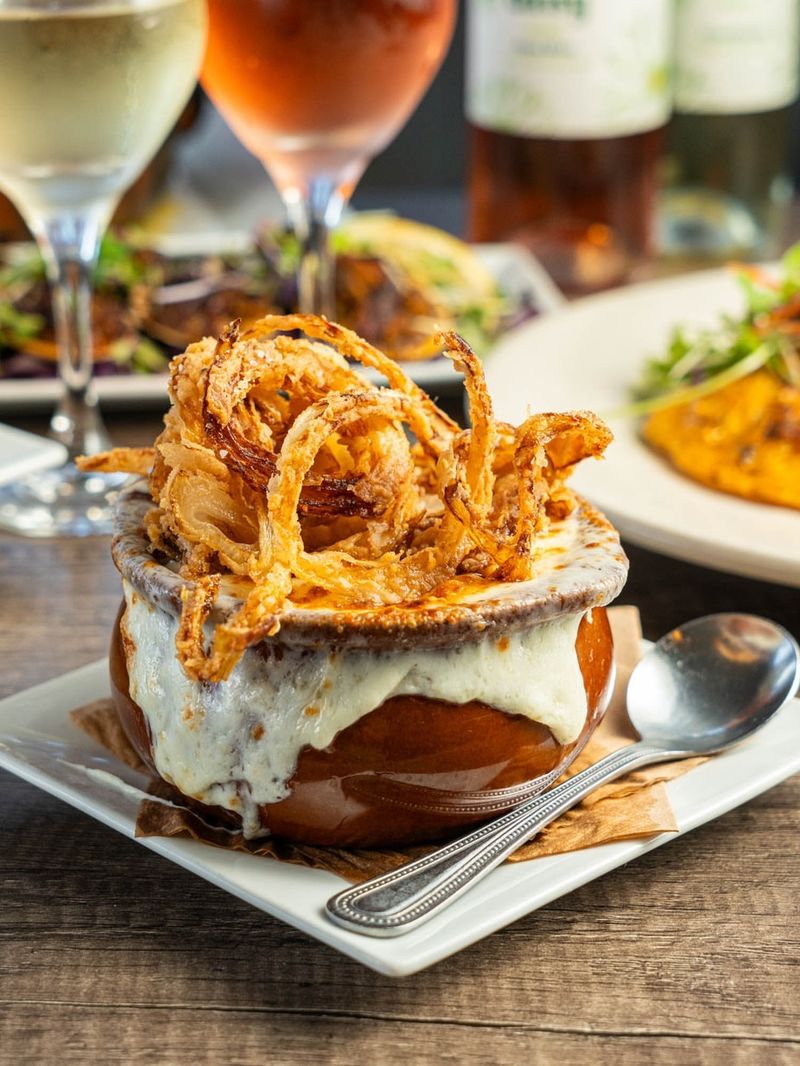
Seafood like salmon, tuna, and shrimp is rich in protein and omega-3 fatty acids. These nutrients support heart health and brain function.
Grilling, steaming, or baking are excellent methods to prepare seafood without adding extra fat. Pair with fresh herbs and lemon for enhanced flavor.
Seafood is a delicious way to diversify your protein sources. It’s perfect for special occasions or a simple weeknight dinner, offering both taste and nutrition.
12. Whole-Grain Goodness
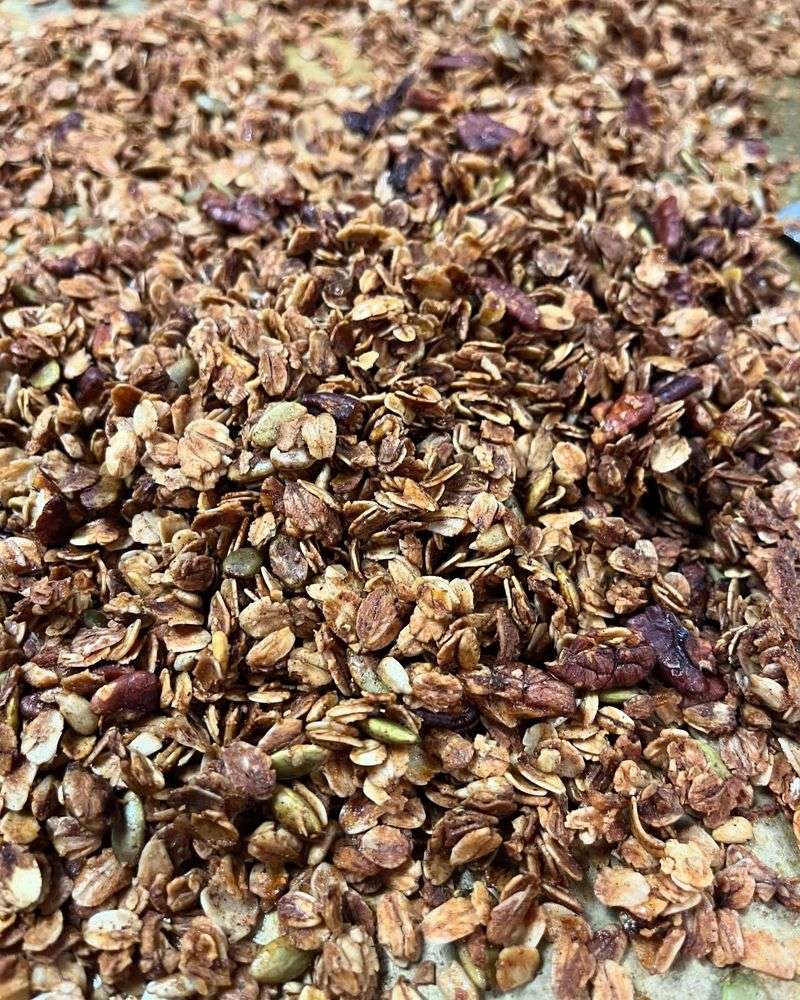
Whole grains like brown rice, barley, and whole-wheat pasta provide not only protein but also essential vitamins and minerals. They’re a nutritious addition to any meal.
Swap refined grains for whole grains to improve your diet’s nutritional profile. They pair well with vegetables and lean proteins.
Whole grains offer sustained energy and help in maintaining a healthy weight. Their rich, nutty flavors and hearty textures make them satisfying and wholesome.
